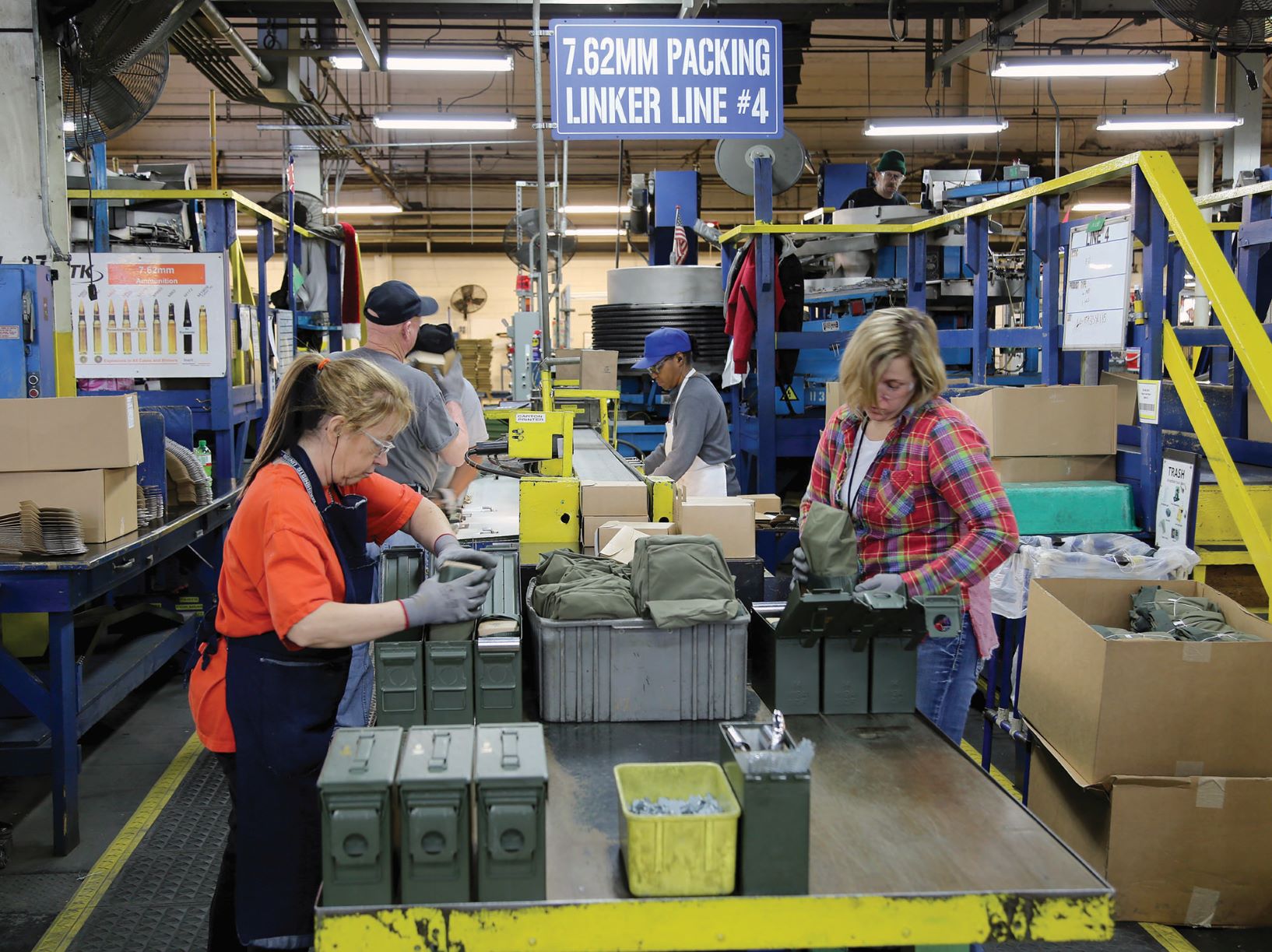5 Practices for Job Costing

Job costing is considered to be something of an art form as creating a balance between your business and ensuring your employees are fairly paid is not always as easy as you may think.
This is because you need to track and categorize all your costs based on their relationship to any project you’re running. Costs can include labor, equipment, materials and subcontract charges but they can also include the timely delivery of your goods to customers and understanding exactly what’s in your inventory.
1. Job Costing and Margins
When manufacturing a product, you will have your direct materials costs and direct labor costs that measure the cost of goods sold (COGS). Understanding these costs is vital but there are also other costs that you need to factor in and these are your indirect expenses. Your indirect expenses are your administrative, sales and general expenses. You should also factor in your gross margin in addition to your contribution margin and finally your earnings. Understanding your margins can help you get a clear idea as to how well your manufacturing business is performing and where changes need to be made.
2. Analyzing Trends
Another great job costing practice involves analyzing your trends, more specifically trailing twelve-month trends (TTM), Analyzing these trends will help you to spot any patterns and can ultimately help you understand where your finances are. Analyzing trends can also help you to determine where you’re going wrong and how you can make your manufacturing business even more cost-effective.
3. Timing
In the manufacturing world, timing is crucial. For you to make the most of your business, you will need to consider the timing of your:
- Throughput – How many units you produce and sell over a certain period. Please note that only sold units count towards your throughput. Units that have been manufactured but not sold should not be counted as you have yet to make any profit from them.
- The delivery of your finished goods – How quickly can you deliver your finished goods? Is something preventing them from reaching your customers at an agreed date? Are you using the most time-efficient methods?
- Generating accurate financial records – closing your books quickly and having accurate records can help your business run smoothly.
- Collections – This is important as you will need to have enough money, so you can order raw materials. If your collections fall behind schedule it could have a knock-on effect on the manufacturing side of things.
If you can consider all your timings, you will have more of an idea as to how your business is running and where improvements can be made.
4. Your Inventory
Manufacturing companies tend to see their inventory as the Achilles heel. This is primarily because the inventory is not properly managed, or they are involved in a few bad practices. However, once a good process can be established and your inventory is consistent it can be routinely maintained.
When it comes to working with your inventory you should ideally:
- Be realistic about it – deal with the obsolete inventory and write off any product that has come to the end of its life cycle.
- Clean it up – Many manufacturing companies have a junkyard of sorts behind their facility storing equipment that they no longer use. Junkyards can pile up, equipment can get rusty and dealing with it can become something of a bind. Ask a scrap dealer to take all of your equipment away once it’s been liquidated so you get a bit of cash for the equipment you no longer use.
- Segregate your Inventory – Segregating your inventory can make it easier to deal with. For example, you should be able to see where your finished goods are in addition to your raw material and the work in progress. This is a good job costing procedure to undertake as it will be easier for you to do a physical count.
- Do a physical count – While undertaking a physical count of your inventory may not be a lot of fun it can help you to establish exactly what you have and what you don’t have enough of. Doing a physical count every six months to a year is crucial.
5. Remember the Small Costs
If your manufacturing company is not so small, 100+ employees, it’s vital that you remember all the costs no matter how small they are, even if all you’re doing is giving a client an estimate rather than a breakdown. Small costs can add up quickly and it’s quite easy to go over budget if small costs are not considered. In the end, you may end up eating the costs up yourself or having to deal with an unhappy client who wants an explanation as to why you’re charging them even more.
Small costs may include:
- Supplies such as safety gear, tape and machine lubricants.
- Identity badges for all your employees.
- Stationary for those who work in your offices.
- Free tea and coffee in the canteen.
Each of these costs adds up after a while no matter how nominal they may seem. Remembering the small costs can help you to budget correctly so you’ll be more able to offer a client a more accurate estimate while knowing exactly what your costs are.
Job costing may involve a lot more than you originally thought but it’s crucial that you remember how important it is. If you would like your manufacturing business to run smoothly you will need to consider the small costs and margins, so you know exactly where you are. Start analyzing trends to see if there’s a pattern year after year and don’t forget to work on your timing as it can make a difference between running a successful business and struggling to get your feet off the ground. Finally, maintaining a good inventory process may be a bit of an Achilles heel for you but if you’re realistic about it and you work hard to maintain good practices your Achilles heel may eventually become something you’re proud of.
You may also like: What Is Job Costing and How to Do It?



